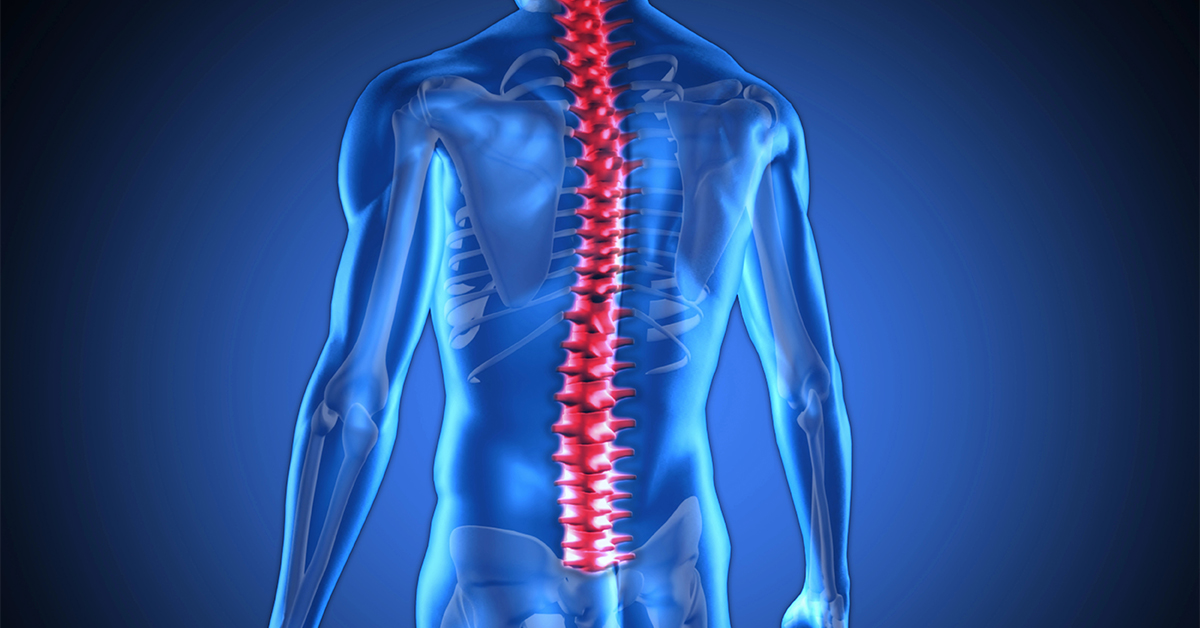
Medications for Spine
Medications play a vital role in managing spine-related pain and conditions. Whether dealing with chronic back pain, recovering from surgery, or managing a specific spinal disorder, the right medications can significantly reduce symptoms, improve function, and enhance overall quality of life.
Types of Medications for Spine Conditions
Several types of medications are commonly used to treat spine-related issues. These medications vary depending on the nature and severity of the condition, as well as the patient’s overall health.
1. Nonsteroidal Anti-Inflammatory Drugs (NSAIDs)
NSAIDs, such as ibuprofen and naproxen, are often the first line of treatment for spine-related pain. These medications help reduce inflammation and alleviate pain. They are particularly effective for conditions like herniated discs, spinal stenosis, and other inflammatory spinal conditions. NSAIDs are available over the counter and by prescription for higher doses.
2. Muscle Relaxants
Muscle relaxants, such as cyclobenzaprine or methocarbamol, are used to relieve muscle spasms associated with spine conditions. These medications are particularly helpful in the acute phase of an injury or when muscle tension is contributing to pain. They are typically prescribed for short-term use, as they can cause drowsiness and other side effects.
3. Analgesics
Analgesics, including acetaminophen, are used to relieve pain without addressing inflammation. While not as potent as NSAIDs in reducing inflammation, they are often used for mild to moderate pain relief. Acetaminophen is commonly recommended for patients who cannot take NSAIDs due to gastrointestinal issues or other contraindications.
4. Corticosteroids
Corticosteroids, such as prednisone or methylprednisolone, are powerful anti-inflammatory medications used to reduce severe inflammation and swelling in the spine. These medications can be taken orally or administered through injections, such as epidural steroid injections, to target specific areas of inflammation. Corticosteroids are often used for short periods to manage acute flare-ups of conditions like sciatica or spinal stenosis.
5. Opioids
Opioids, including medications like oxycodone and hydrocodone, are potent pain relievers used for severe pain that does not respond to other treatments. Due to the risk of addiction and other serious side effects, opioids are typically prescribed for short-term use or for patients with chronic pain who do not find relief from other medications.
6. Anticonvulsants and Antidepressants
Certain anticonvulsants, such as gabapentin and pregabalin, and antidepressants, such as amitriptyline or duloxetine, are used to treat nerve-related pain (neuropathic pain). These medications can help manage symptoms of conditions like sciatica, where nerve compression causes pain radiating down the leg. They work by altering how the brain processes pain signals, providing relief from chronic nerve pain.
Choosing the Right Medication
The choice of medication for spine-related pain depends on several factors, including the specific condition, the severity of symptoms, and the patient’s overall health. Healthcare providers consider the potential benefits and risks of each medication when developing a treatment plan.
For many patients, a combination of medications may be used to manage symptoms effectively. For example, a patient with a herniated disc might be prescribed NSAIDs for inflammation, muscle relaxants for spasms, and an analgesic for additional pain relief. In some cases, medications are used in conjunction with other treatments, such as physical therapy or spinal injections, to provide a more comprehensive approach to managing spine conditions.
Managing Side Effects and Risks
While medications can provide significant relief from spine-related pain, they also come with potential side effects and risks. NSAIDs, for example, can cause gastrointestinal issues, while long-term use of corticosteroids can lead to bone loss and other complications. Opioids carry a high risk of addiction and should be used with caution.
It’s important for patients to work closely with their healthcare providers to manage these risks. This may involve regular monitoring, adjusting dosages, or switching medications if side effects become problematic. Patients should also be aware of the potential for interactions between different medications and communicate any concerns or side effects they experience.
Medications are a key component in the management of spine-related conditions, providing relief from pain, inflammation, and other symptoms. From NSAIDs and muscle relaxants to opioids and anticonvulsants, the right combination of medications can help patients manage their condition effectively and improve their quality of life. If you are experiencing spine-related pain, consult with your healthcare provider to determine the best medication options for your specific needs and ensure a balanced approach to managing your condition.
